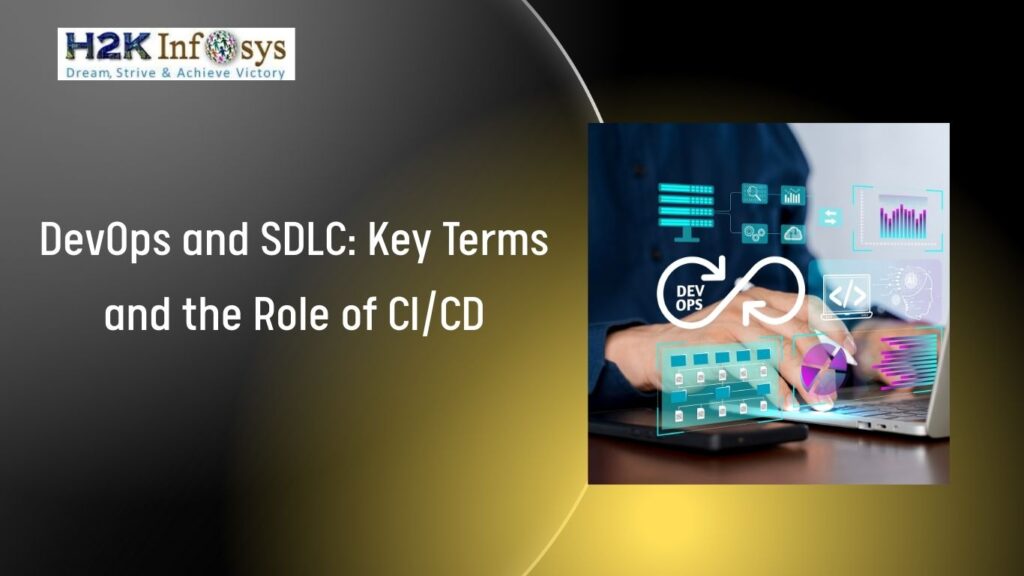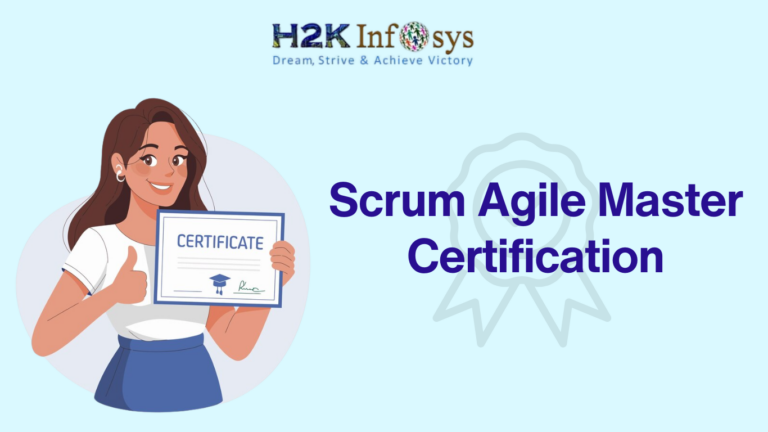Cloud integration is a system of tools and technology. It has a connection of applications systems, repositories and IT environments. It has real time exchange of data and processes.
The cloud integration will called as a cloud data integration, cloud system integration, cloud-based integration as well Paas. The deployments in the cloud or hybrid and are both considered cloud integration. The ultimate goal function will be as combined IT infrastructure that streamlines data flow. The data and integrated cloud services are used by many parallel devices over a network.
Why we should use Cloud integration?
Cloud integration solutions are developed to break down data. They also improve connectivity and also visibility. They mainly optimise the business processes. Data integration tools that are responsible to share data all over cloud based applications and also unify information components. Cloud integration has gained popularity. The use of software as a Service solutions have increased.
Benefits of cloud integration:
There are many benefits of cloud integration
1. Improved operational efficiency
2. Faster time in market
3. Improved customer service and retention
4. Reduced operational costs and increased revenue
5. Better internal communication
6. Increased competitive edge
Cloud Integration types and methods
Integration in the cloud has creation of the cloud-to-cloud integration. It can also be cloud-to-on premises integration or both. Integration has to address different business components by involving data and applications.
- Data integration-The synchronisation of data between repositories. Data may be processed, transported or may be transformed during data integration. This is strictly data related connection.
- Application integration- Connects many applications. It arranges continued functionality and interoperability. This is more than data sharing. It involves issuing requests and commands to trigger business events and processes.
With cloud data integration together data from different sources. We create cloud data in the cloud or you migrate it. The data integration can also combine cloud data and on –premises data. Extract, load, transform is a three step data cloud integration process. ELT extracts, loads and transforms data one or more sources into a repository. ELT combines and also synthesises raw data from multiple data sources. Cloud repositories include a cloud data warehouse or data lake. Cloud data integration provide below purposes:
- Batch process large volumes of data
- To cleanse data so it’s ready for analysis
- To apply data quality measures
- To protect and mask the data to keep it secure.
The cloud integration we can connect software applications over enterprise. The applications can communicate and interact. This enables new cloud computing and business processes. Cloud application integration gives us the ability to
- To Discover, link, access and also use your data in real time
- Improve workflows- Modernise the infrastructure
- They build models based on data insights
Cloud integration solutions
By centralising all your data into the cloud data centre helps to get the most value out of it. There are some solutions that work with cloud integration.
1. Get broad ecosystem support at scale with Ipaas- An integration platform as a service allows master data management combine and exchange data application. With Ipaas connects the data, services and applications within the cloud ecosystem.
2. Build data pipelines with APIs- Once the data will be integrated, we can build data pipelines. Our data pipelines will be based on the
- Information we have accessed and prepared
- data models we have built
- Algorithms we have used
Data pipelines give business critical applications. These may have our ecommerce site and our customer management system. An intelligent API management solutions enables data insights. The also provide integrations driven pipelines. The pipelines is connected our lines of business, customers with click of a button.
Questions
1. What is cloud integration?
2. What are the purpose of cloud integration?






























